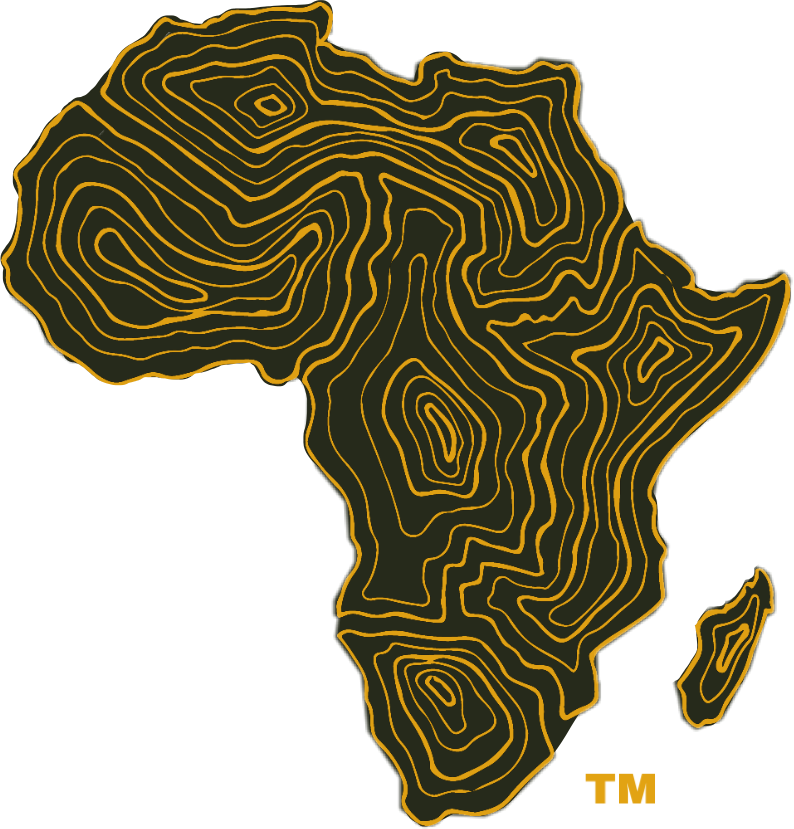
Image taken from Wikipedia
Mali Empire - The Sahelian Kingdoms
Existed: c. 1230 - 1670 CE
Last ruler: Mansa Mahmud Keita IV
Location: Present-day Mali, Senegal, Mauritania, Niger, Burkina Faso, Guinea
Major Languages: Mandinka, Fulani
Religion: Traditional African religions, Sunni Islam
Widely believed to be the most famous West African kingdom in the middle ages, the Mali empire is well-known today due to the exploits of its most famous king, Mansa Musa, and his pilgrimage to Mecca.
Origins
In the 13th century, West Africa contained multiple kingdoms, remnants of the earlier Ghana empire. One of the largest of these kingdoms was the kingdom of Sosso. Sundiata Keita, the “Lion King”, a prince of the Malinke people, led a campaign to conquer the kingdom of Sosso and emerged victorious. In subsequent years, he and a group of trusted officials conquered and integrated various adjacent territories into their newfound kingdom, creating the Mali empire.
Trade, Culture & Society
Governance and Structure
As with nearly all societies in the medieval era, the Malian empire was ruled by a dynasty of monarchs, titled Mansa (a Mandinka word meaning sultan/king or emperor). The Keita dynasty, descendants of the first king Mansa Sundiata Keita ruled the Malian empire for the entirety of its existence. Each Mansa was immensely wealthy, as, by law, all gold nuggets mined in the Malian empire were the property of the king. Additionally, all slaves in Mali were loyal to the king. Though the Mansa had great power and influence, this power was not left unchecked. Each king had a group of tribal chiefs and Arab traders assisting in the governance of the empire. The king and his council ruled from the capital city, Niani, which was declared an imperial territory. Mali was divided into regions possessing governors ruling on behalf of the king.
The society in Mali was composed of clans. At the start of Sundiata Keita’s reign, these clans were reorganized and renamed to promote unity and harmony in the newfound empire. In many cases, the clans were organized according to hereditary professions such as blacksmiths and shoemakers. The Malian Empire was diverse, with multiple groups of people spanning the territory.
Religion
Islam was the official religion of the Malian kings. Malian dignitaries and nobles were known to go on extravagant pilgrimages to Mecca, the most famous of which was Mansa Musa’s pilgrimage where he distributed so much gold it crashed the gold trade at the time. For most of its existence, the urban populations of Mali - where high-ranking officials and royals lived - adhered to Islam. In more rural areas, the people still followed the traditional African religions that predated Islam in West Africa.
Islam reached its greatest height of influence during the reign of Mansa Musa. His pilgrimage to Mecca brought the Islamic world’s attention to his empire. During his reign, there was an influx of Islamic institutions, traders, and scholars in Mali.
Economy
Mali was a renowned trade center. Its power in the trade world is largely credited to the strength of its agricultural industry. Mali was situated in a warm climate (located in West Africa) and possessed rich, fertile soil that made farming ideal. Many crops were grown, including sorghum, cotton, cola, and peanuts. In addition to a great farming industry, Mali was also widely known for its raw materials, and the gold and salt trades in Mali allowed it to be introduced to international markets in Europe, the Middle East, and Asia, further expanding its power and strength on the world stage.
Although citizens were forbidden from using gold nuggets as the nuggets were all property of the king, they traded in the gold dust that was plentiful in Mali. Mali’s possession of the Niger river and the many caravans passing through the empire generated much income. The Malian empire had a flourishing slave trade. In fact, slaves were a major part of Mali’s economy. The taxes put on trade also greatly contributed to Mali’s wealth. Heavy taxes were implemented on all goods passing through the empire, whether they were exported or imported. The people of Mali also used their own currency, in the form of cowry shells.
Downfall
Mali was plagued by internal issues, particularly power struggles between potential successors to the throne. Unfortunately, the vast size of the empire and its many constituent territories and peoples proved to be instrumental in its downfall. The empire contained too many cities to be controlled effectively, and soon, rebellions and uprisings sprung across the empire.
These uprisings made Mali weaker to outside forces, and as a result, other groups of people from separate kingdoms, particularly the rising Songhai Empire, were able to invade and take over certain regions of the empire. By the mid-1600s, the empire had collapsed and had been absorbed into newer ones, like the Songhai and Moroccan empires.
References
Britannica. “Mali.” Britannica, 1998, https://www.britannica.com/place/Mali-historical-empire-Africa. Accessed 15 May 2021.
Cartwright, Mark. “Mali Empire.” World History Encyclopedia, 1 March 2019, https://www.worldhistory.org/Mali_Empire/. Accessed 15 June 2021.
Cartwright, Mark. “Sundiata Keita.” World History Encyclopedia, 27 February 2019, https://www.worldhistory.org/Sundiata_Keita/. Accessed 21 July 2021.
National Geographic. “The Mali Empire.” National Geographic, August 20 2020, https://www.nationalgeographic.org/encyclopedia/mali-empire/. Accessed 7 July 2021.
South African History Online. “The Empire of Mali (1230 - 1600).” South African History Online, 7 April 2016, https://www.sahistory.org.za/article/empire-mali-1230-1600. Accessed 29 May 2021.



